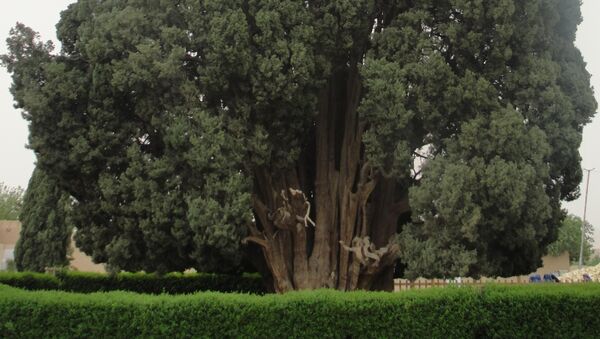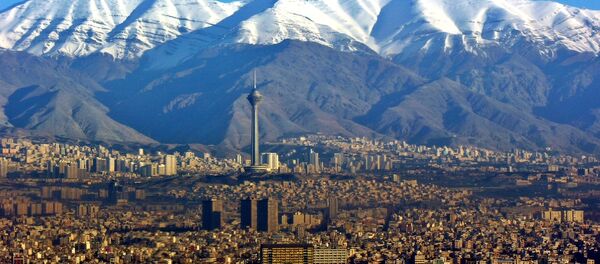Second oldest living thing in Asia
— Davi Jani (@DaveJani) 23 января 2016 г.
"Zoroastrian Sarv"
5,062 year old
Yazd _ Iran
سرو ابرکوه pic.twitter.com/RWZfw370Ec
Sarv-e Abarkuh is only 300 years younger than the record-holding old-timer Methuselah, a bristlecone pine tree from California’s White Mountains, which is thought to be over 4,800 years old.
Some legends attribute its origin to Japheth, the son of Noah, while others believe Zoroaster himself planted it.
سرو ابرکوه کهنسال ترین موجود زنده در آسیا ودومین در جهان
— Arash (@Ar8sh) 16 апреля 2015 г.
مردم محلی بر این باورند که این سرو به دست زرتشت کاشته شده. pic.twitter.com/BxZKTWatQD
Favorable natural conditions of its location have been credited as the main reason for the tree’s longevity, although it is now surrounded by an urban park and is open to disturbances by unnatural elements.
In ancient Iran, planting a tree was of great importance and can be seen in some of the carvings of Persepolis. The cypress tree in particular was considered sacred by Zoroastrians as it remained green all year long.
پیرترین درخت ایران #سرو ابرکوه ارتفاع 25 متر 18متر محیط🌲🌲🌲 pic.twitter.com/Wyi69ke04x
— آیدایی (@aidaasal) 4 марта 2015 г.
References to the tree were made as early as the 14th century.
Cypresses have been typically the first choice for Iranian Gardens. In all of the famous Persian Gardens, such as Fin Garden, Mahaan, Dowlat Abad, this type of tree plays a central role in their design.



